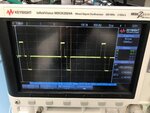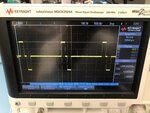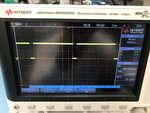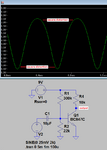uranyumx
Advanced Member level 4

Hi,
I want to generate a well balanced biphasic signal. The differential amplifier circuit has been attached. The resistors have the same precision (0.1%). The input voltage signals have the exactly same amplitude, but the output signal positive phase 1.9V, and the negative phase has 1.9875V. So why is there a difference?
Thank you,
I want to generate a well balanced biphasic signal. The differential amplifier circuit has been attached. The resistors have the same precision (0.1%). The input voltage signals have the exactly same amplitude, but the output signal positive phase 1.9V, and the negative phase has 1.9875V. So why is there a difference?
Thank you,








